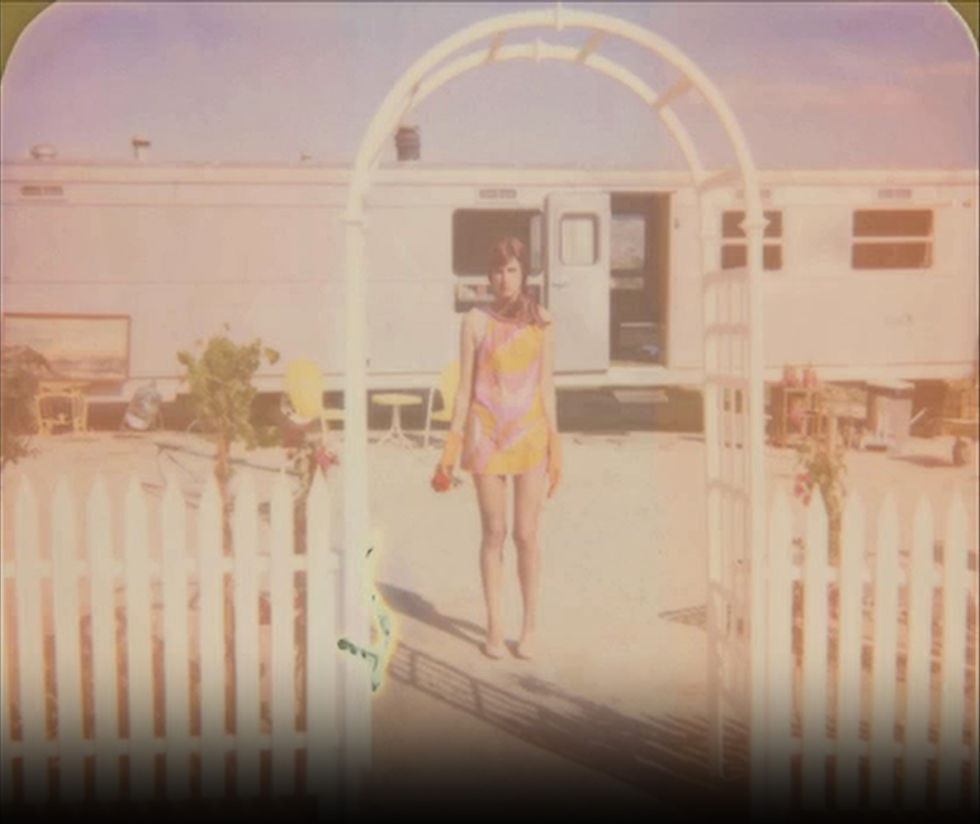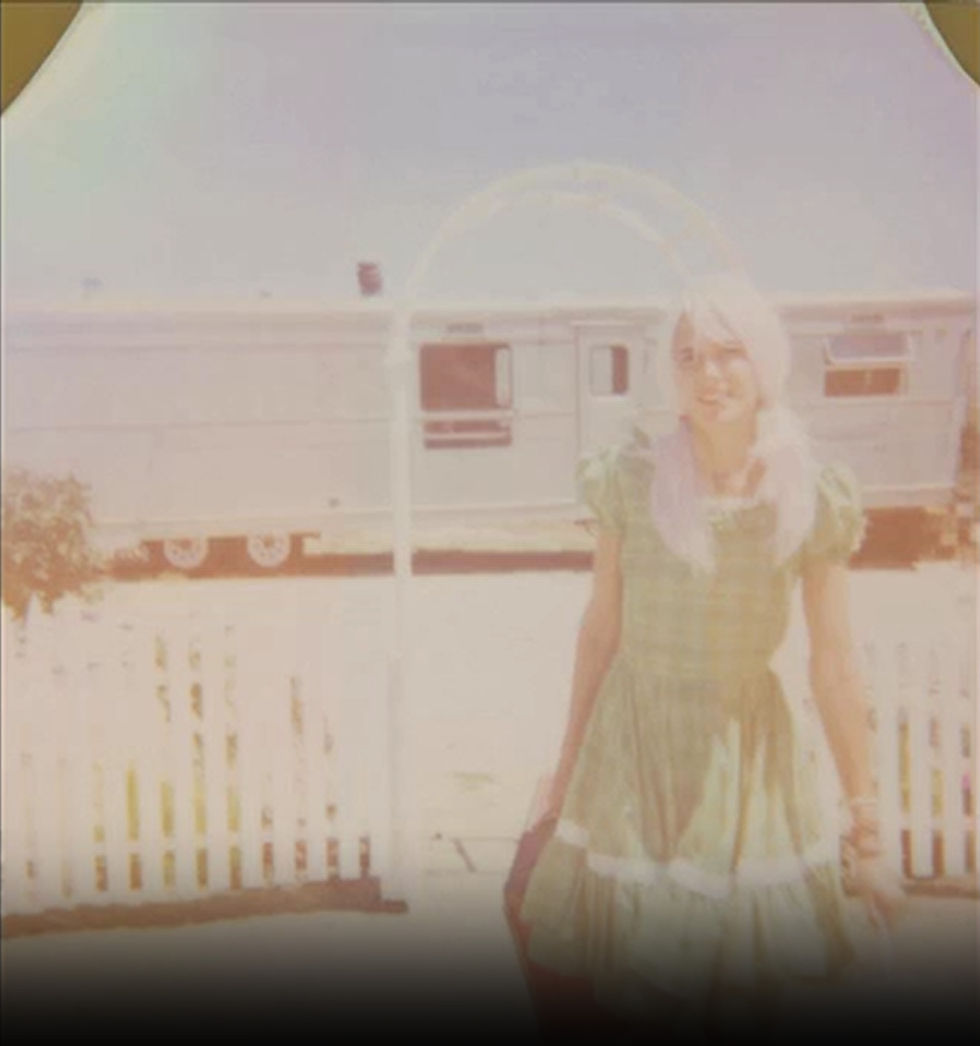Stefanie Schneider V. 3
- Michael Hanna
- 2 days ago
- 3 min read
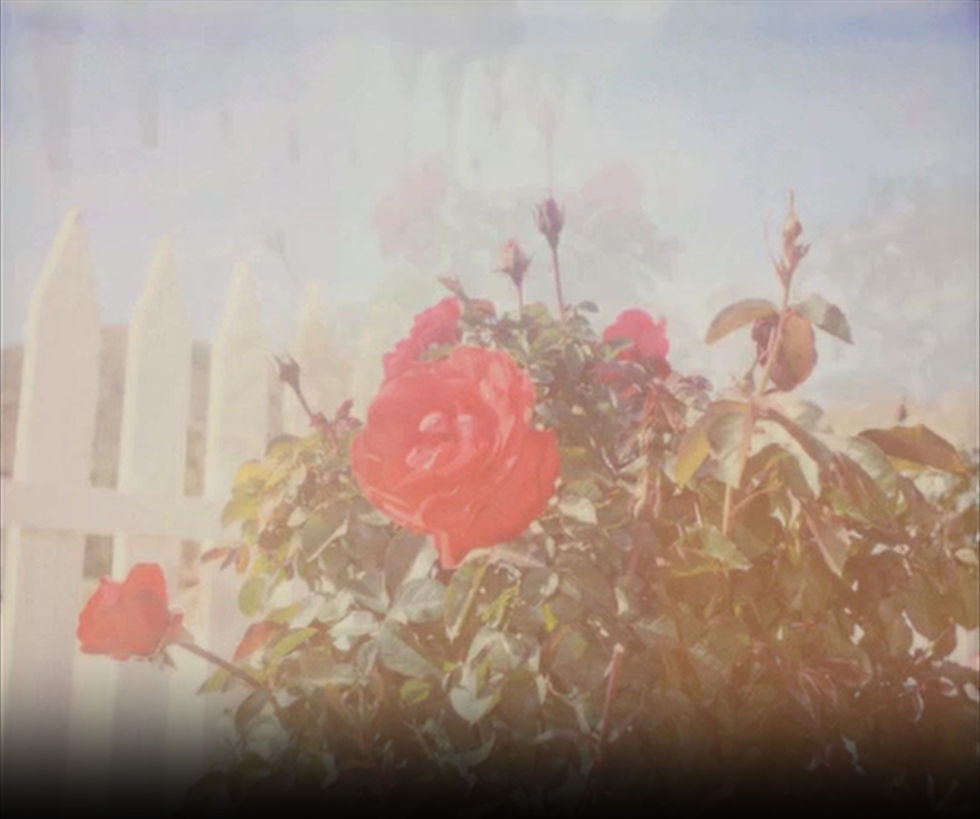
The Girl Behind the White Picket Fence, a film by Stefanie Schneider, is a story based on a character named Heather portrayed through the manner of almost erratic stock-animation-like effects on a series of chemically-altered polaroid photographs taken by Stefanie herself. The narrative becomes dictated in a fashion similar to a diary on various characters. The first 9 minutes of the film focuses on a woman in trouble. She contemplates on her life of solitude in the trailers of the Southern California desert, estranged from her emotionally-distant lover.
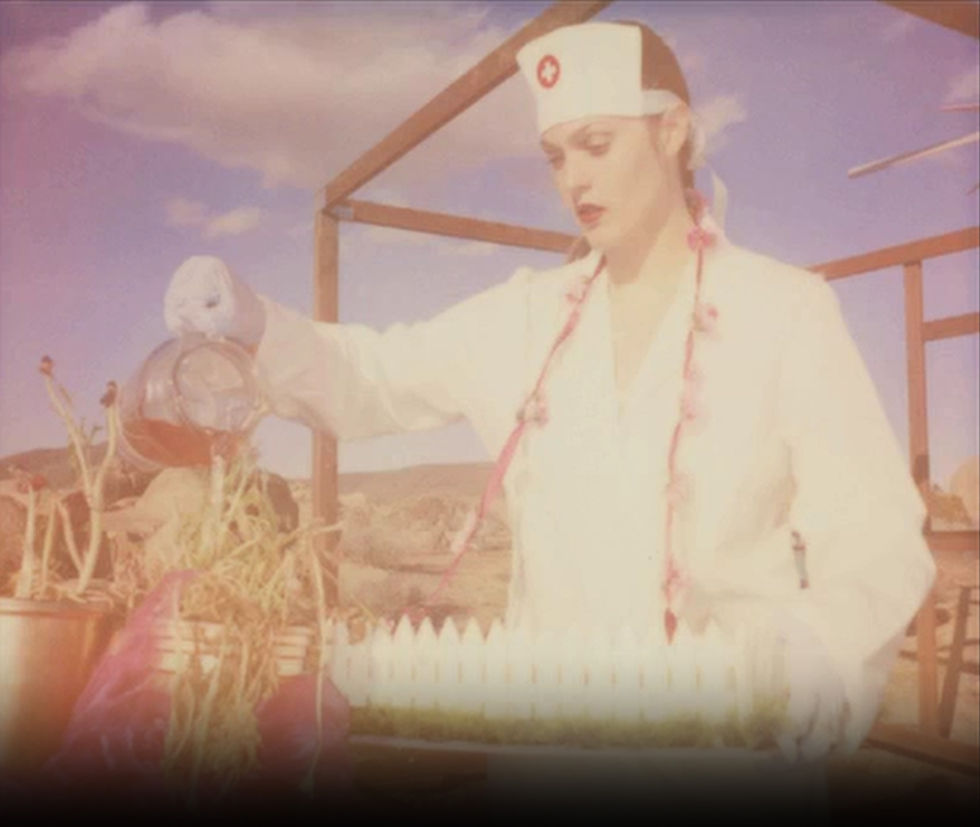
In the informal second act, we are guided through the narration of a man who poses philosophical questions on relationships, portraying him in his vintage truck and amongst a desolate landscape. He goes on to explain about establishing his life out in the desert, building a homestead. The narration uses prose and analogies which seem to reflect either deep philosophical thinking or even personal jokes. We are then redirected to Heather who engages in various tasks such as household chores on her trailer, yard work, and writing. With original music scores based on acoustics and deep folk-based vocals, we are guided through several actions until we are led to the subject of a letter. The male narrator refers to an analogy of how people need to form together in order to fly as angels and expresses how he “no longer wishes to be a friggin’ one-winged angel anymore”. The film often describes narrative through analogies and metaphors, emphasizing a carefully-crafted script.
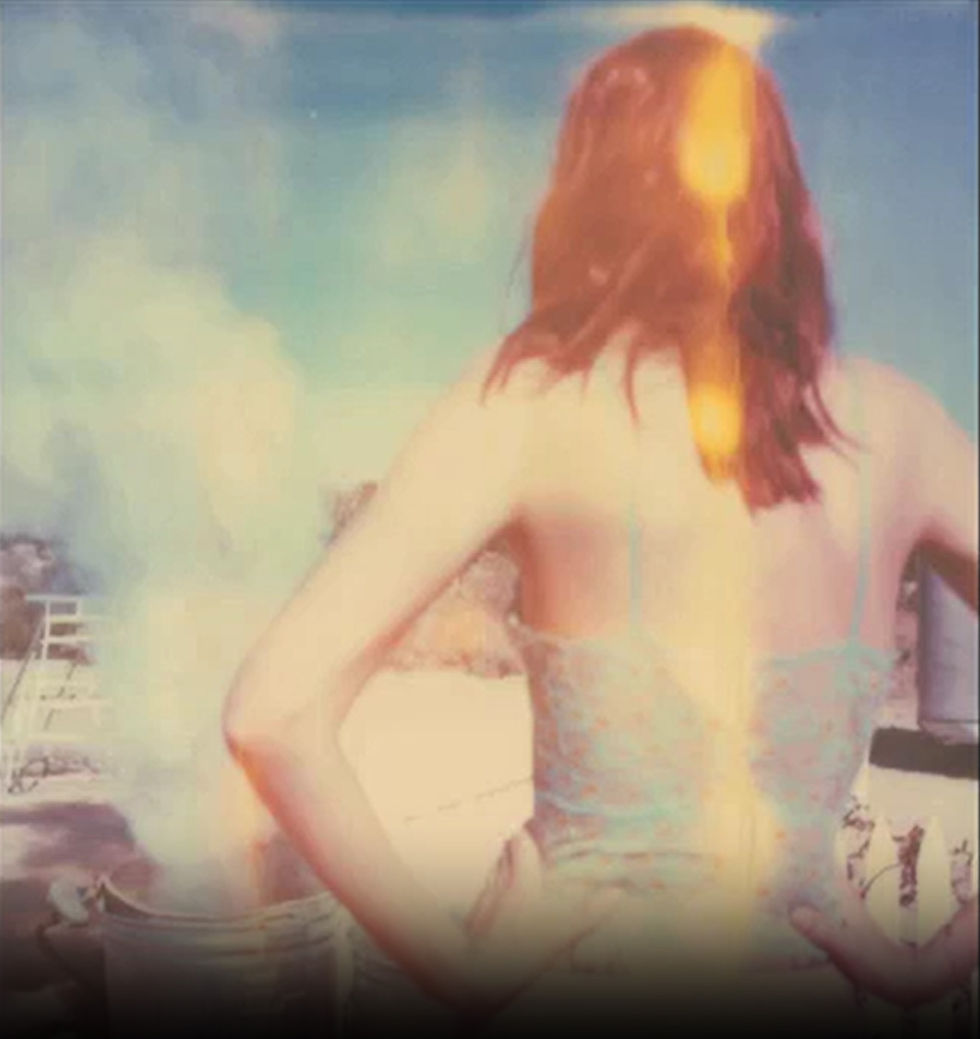
During the third act, we are taken into a conversation with a woman talking to a radio station and her engagement with a psychic then minutes of silence with no audio except the sound of wind and object clambering. The sounds of the natural landscapes followed by windchimes and later a direction by a tribal figure discusses the need to travel to a river. With tending to his goat and the yard of his desert trailer, the male figure from the second act seems distracted while the woman seems intent on repeatedly contacting Lonely Hearts radio show host about her distant relationship. The man and woman go back and forth referencing each other, as the host directly calls out the man as selfish.
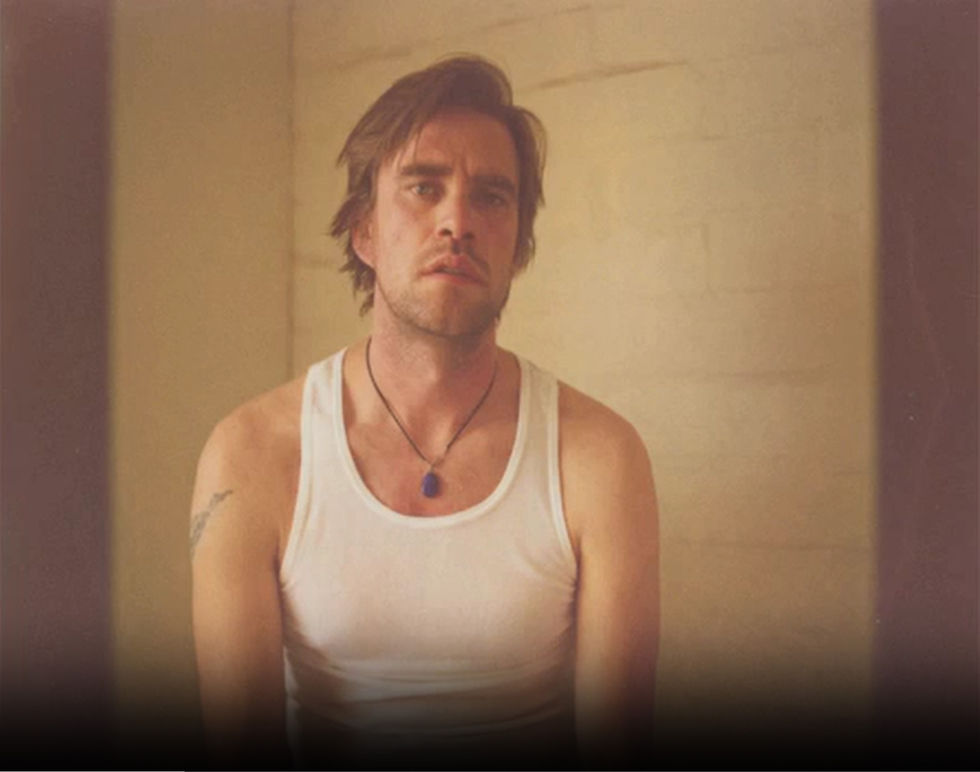
The intensity of the narrative switches back and forth between shifting subject matter which all tie into together reflecting a film which heavily relies on personal sensory experiences on the topic of love and relationships. With the background of the open California desert and a radio show host who guides a woman towards philosophical purpose, the film conveys poetic truth towards personal guidance, acting much like a therapist.
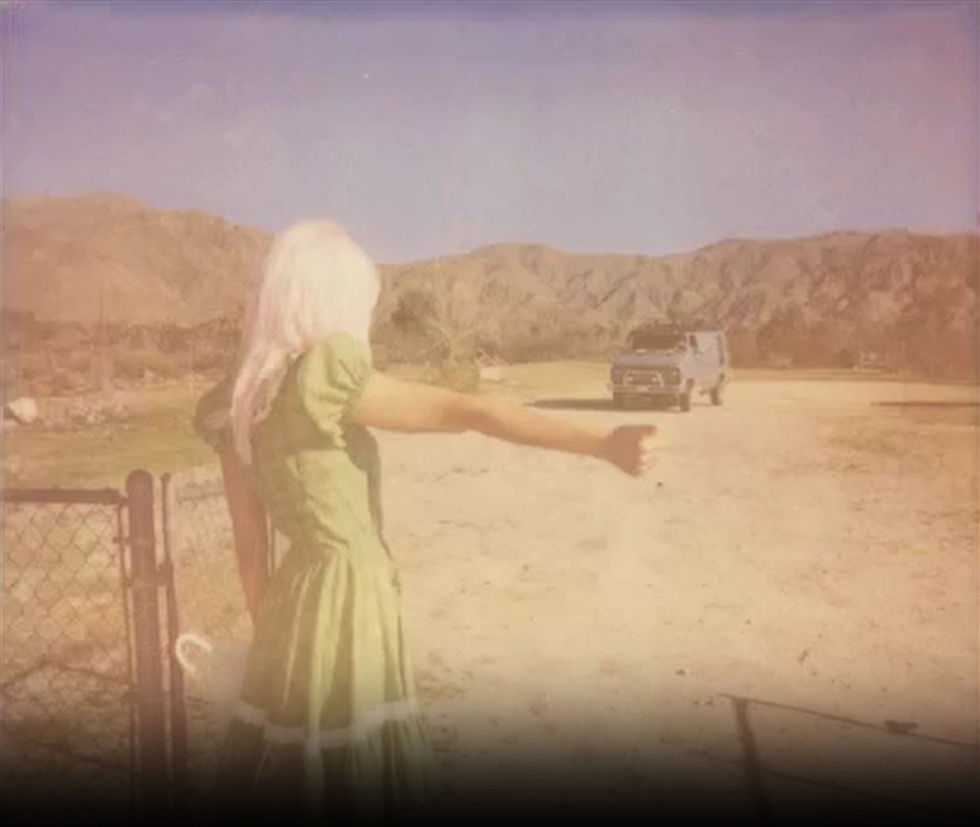
Stefanie Schneider’s The Girl Behind the White Picket Fence doesn’t only linger on topics of love as the fourth act delves into the macabre with a doctor, nurse, and spectators operating on an open heart in the desert containing dream-like sequences. The film goes from direct diary-derived-narrative into obscure abstraction which reflects more like performance and installation art rather than a story-based film. This transition conveys the complexity in Stefanie Schneider’s photography, writing, and artistic vision to lead to an inconclusive direction which has the viewer reflect on the purpose of the message, such as the near final sequences of informal dancing in the open desert with elaborate costumes. Without revealing the ending, we should note the beginning and finale of the film tied together with music and visuals rather than dialogue. With a dynamic original music score, brilliant photography, a witty script, and artistic set design as well as direction, The Girl Behind the White Picket Fence redefines expressions in arthouse filmmaking through variations in depth through shifting tones of narrative, a unique landscape with complimentary distorted visuals through the magic of analogue polaroid photography on expired film, and a musical score and production set values which flawlessly connect the fragmentations of the execution.


